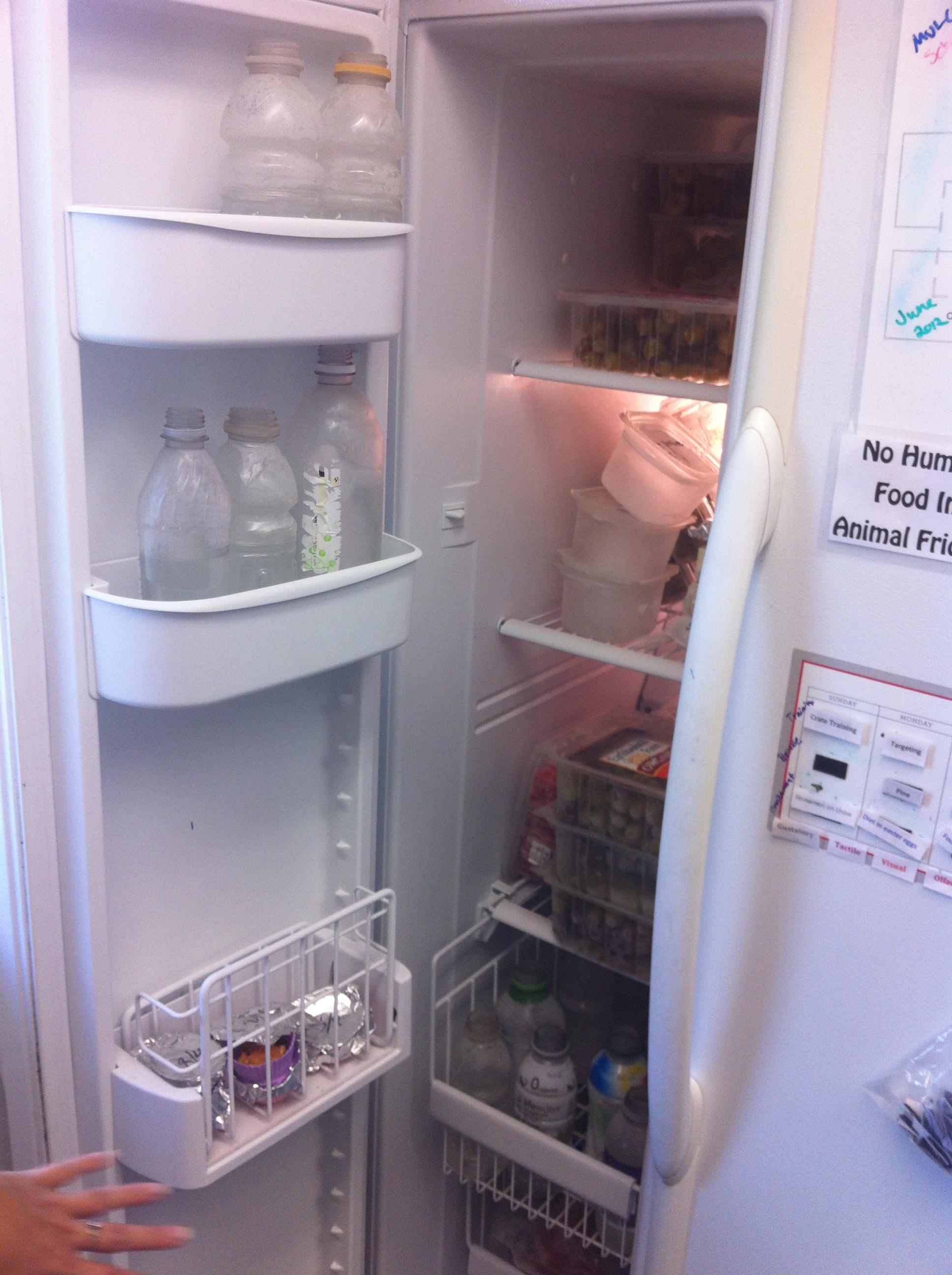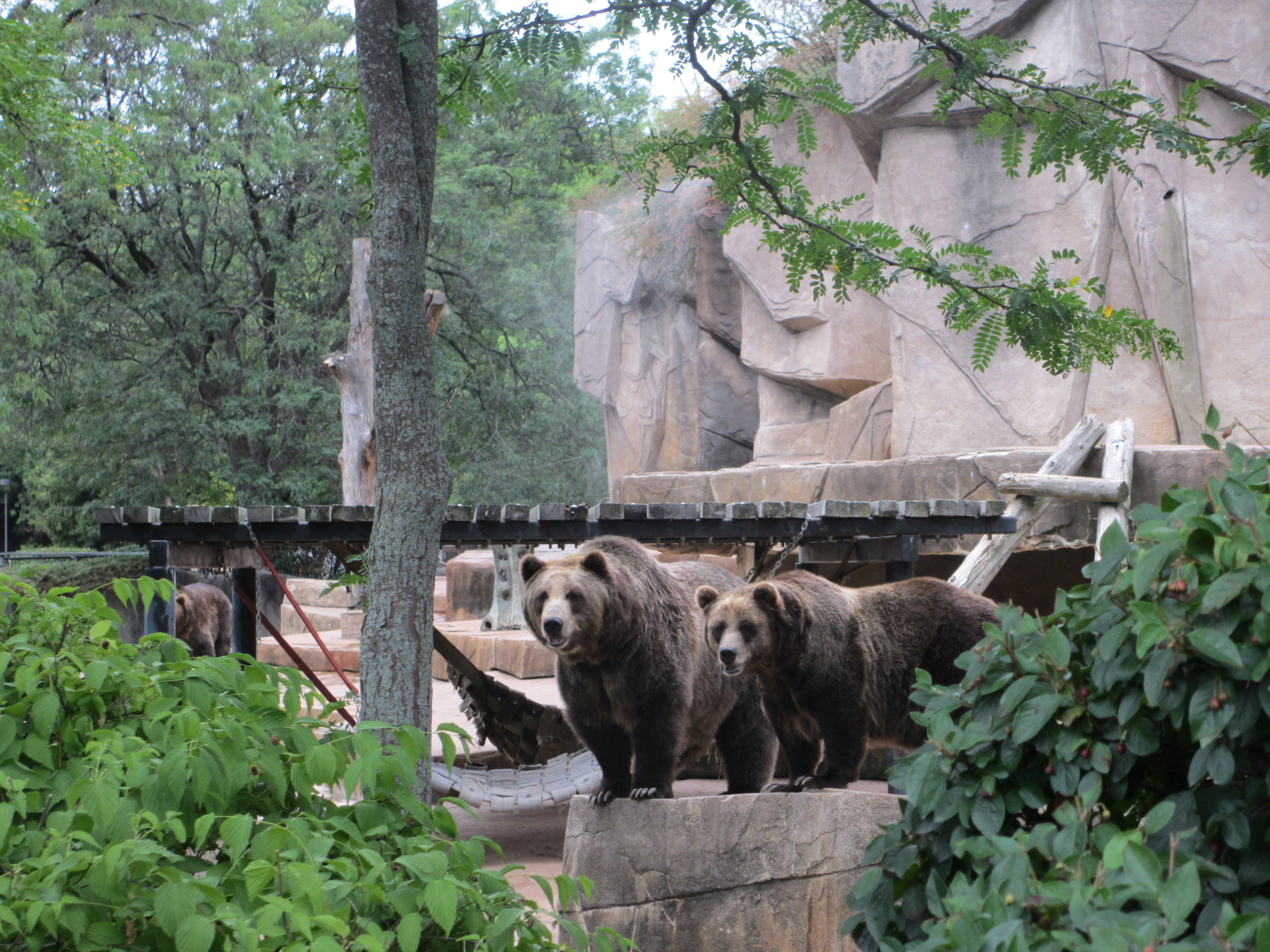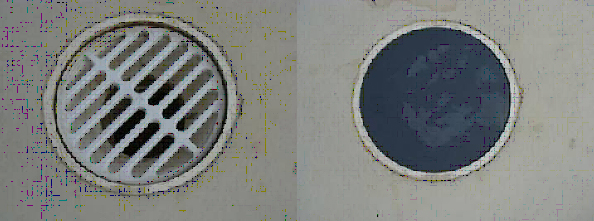We all know this summer was a doozy. Droughts, heatwaves, and for me, an impending hurricane. After one of my late morning dog walks, where poor little Moe Moe decided to give up after half a block, I wondered, what are our zoo friends doing to keep their critters happy and healthy in this extreme weather?

Of course, some of the animals love this weather! The ringtail lemurs at the Lemur Conservation Foundation in Myakka City, Florida, for example, are native to Madagascar's hot steamy deserts and find the recent heat to be exhilarating. In fact, Pattie Walsh, Director of Research and Operations, explained these guys prefer one specific yard over the other due to the drier, sunnier conditions, while their cohorts in the other, wetter and shadier yard-- the brown and mongoose lemurs native to rainforests--regularly take advantage of the misting system available to them.
For others, like the grizzly bears living in the, er, unbearable, road-buckling heat of Milwaukee this year, keepers must intervene with solutions. Dawn Fleuchaus, keeper at Milwaukee County Zoo, told me they run hoses from the holding roof for misting the bears, and even added a shade structure to the outdated exhibit. She stressed the importance of shade and, of course, lots of freezer space for making frozen treats.
St. Louis Zoo used garbage cans to make giant blocks of ice with food items frozen inside, which, as carnivore curator Steve Bircher explained to the St. Louis Post-Dispatch, serves double duty: cooling the animals and providing extra nutrition when they are least willing to consume.
Other solutions include pools. One keeper suggested designing pools into most new enclosures, and adding blocks of ice to them when temperatures soar. uShaka Sea World in South Africa designed each 'green room' stall for their fur seals so that it can function either dry or as a shallow pool. They also utilized shower heads to provide chilled 'rain'.
Whatever means zoos utilize to keep their animals cool, one thing is for certain. Designers need to provide flexibility and options. Opportunities for shade is a simple one, as well as water hook-ups for misting or spraying. Lots of room inside the holding building for storage and coolers, if needed. We can't possibly predict every need within an exhibit, so providing staff with the ability to get creative and easily implement changes is key.
Now I want to know...What's your hurricane plan?

























